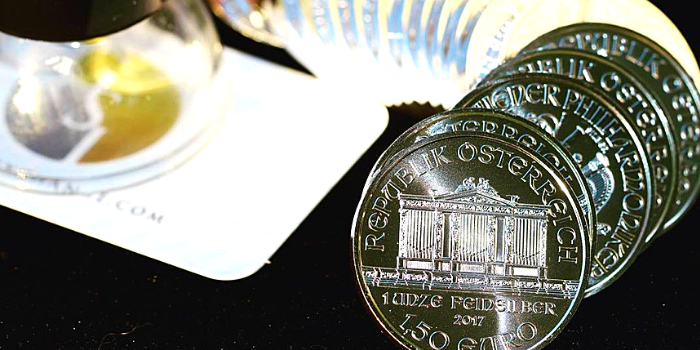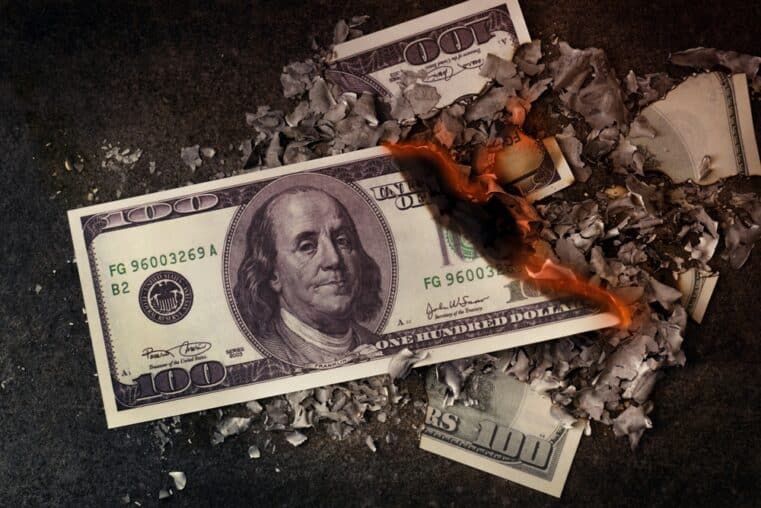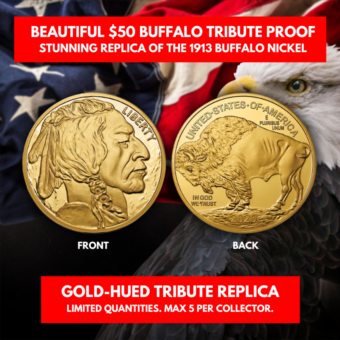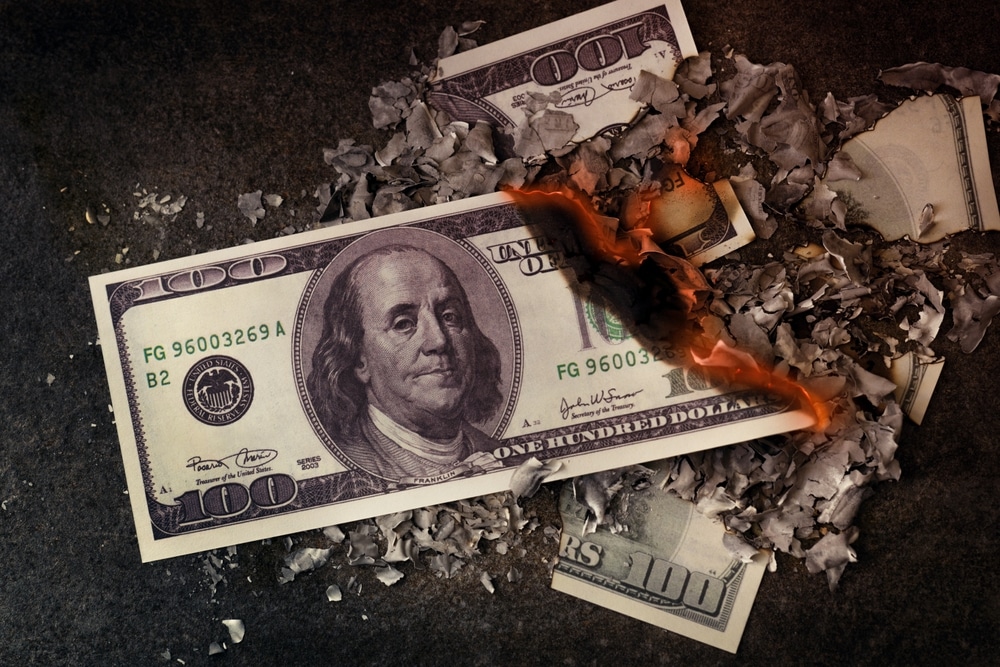
Silver’s Long Game Is About to Pick Up Pace
As a silver investor, you’re likely playing the long game. You know that gold and silver comprise what many call “the fear trade,” a status that recently has gone to gold rather than silver.
But we also know that given the right trigger, silver can be exceedingly volatile, moving much faster than gold, as we saw in 2010.
For the moment, however, silver has been a relatively sleepy market. And you’re probably wondering why this has been the case for so long.
More importantly, given the long game, you’re probably wondering what that “trigger” might be; what might set silver off to new heights. It’s a matter of time, and that time might come much sooner than later.
Silver blindsided most investors in 2010. There’s every reason to think it will do the same again.
And that’s why most silver investors are sitting tight, not speculating for short-term profit, but holding out for long-term sound money appreciation.
Our Current Economic Horizon
The US is still in the midst of an economic expansion. Are we approaching the tail-end of this cycle? Perhaps. But investor sentiment is a prime driver, and as it stands, sentiment disagrees with the fundamentals.
Bear in mind that sentiment must reach a point so out of step with fundamental reality before the market’s unsustainable momentum takes a major turn.
Sir John Templeton once said that “bull markets are born on pessimism, grow on skepticism, mature on optimism, and die on euphoria.”
We’re at the maturation stage in the equity market, far from euphoria. But in the silver market, we’re at the tail end of its bear cycle, where sentiment is at its blackest.
Last quarter’s GDP numbers came in at a shocking 3.2%, beating the 2.5% expectation.
Of course, as we covered in a previous article, much of this number had to do with business inventories, making such an impressive figure unsustainable in the near future.
Over the last five years, gold’s descent has been relatively marginal. Silver’s descent was much steeper, but again, so was its ascent nearly a decade ago.
Over the last year, gold lost around 3.7%, whereas silver plunged around 10.2%. And when equities began its heavy sell-off recently, spurring a rally in metals, silver underperformed gold.
This might have seemed odd, as silver tends to be like gold, but on steroids, when such a sell-off occurs.
So, what did happen? And why has silver underperformed gold so badly?
No, silver isn’t done. It just hasn’t yet been triggered.

Source: Tradingview
Market Sentiment Suppressing Fundamentals
Like gold, silver is a popular safe haven among investors who need to hedge against market volatility.
But another attractive characteristic of silver, besides its use for investment, is its use in industrial production
Over the last five years, around 60% of the world silver supply went toward industrial fabrication, 25% to jewelry and silverware, and around 15% went to bars and coins.
Although silver supply has been rapidly diminishing over the last ten years, the demand for silver as an investment has been falling even faster. Meanwhile, industrial silver demand has remained relatively flat.
Historically, investors run to precious metals like gold and silver during extended periods of market turbulence.
But despite the volatility that hit the markets toward the end of 2018, the fact remains that we are still at the end of the largest bull market in US history.
Simply put, investor sentiment hasn’t yet reached the stage of pessimism in the markets. If anything, investor sentiment has yet to reach full-blown euphoria.
And without pessimism in the markets, there isn’t enough momentum to drive the price of silver skyward.
Negativity Drives Momentum
During the last financial crisis, investor sentiment plunged so hard and fast that it drove silver to the price of $50 an ounce in 2011.
It took almost five years for silver to correct, reaching a multi-year low of $13 an ounce.
Since then, silver has been stuck in limbo, as the US embarked upon its largest economic expansion and the largest bull market in history.
In short, there has been no reason for silver to rally quite yet. Not during the course of a massive bull. But as we all know, bull markets don’t last forever.
The Inflation Play
The blowout GDP figure of 3.2% may not bode well for precious metals as the numbers alleviate fears among the investing public that a recession may be on the horizon.
Of course, successful investing has never been about following the crowds but rather exploiting the fundamentals that the crowds refuse to acknowledge.
And one fundamental aspect that the crowds seem to set aside is that the Fed has slammed the breaks on hiking interest rates.
Naturally, inflation is once again on the rise, which should be one positive factor to support the rise of gold and silver, as they are the best inflation hedges known to any investor.
Should the current economic expansion and bull cycle run out of steam, chances are that the Fed (out of bullets as they are) might even begin to cut interest rates to even dangerously lower territory.
Inflation and recession are two factors that will drive the markets into a state of panic. And investors who are positioned in physical gold and silver, well before the market turns, will benefit the most in terms of capital preservation, purchasing power protection, and portfolio growth.











